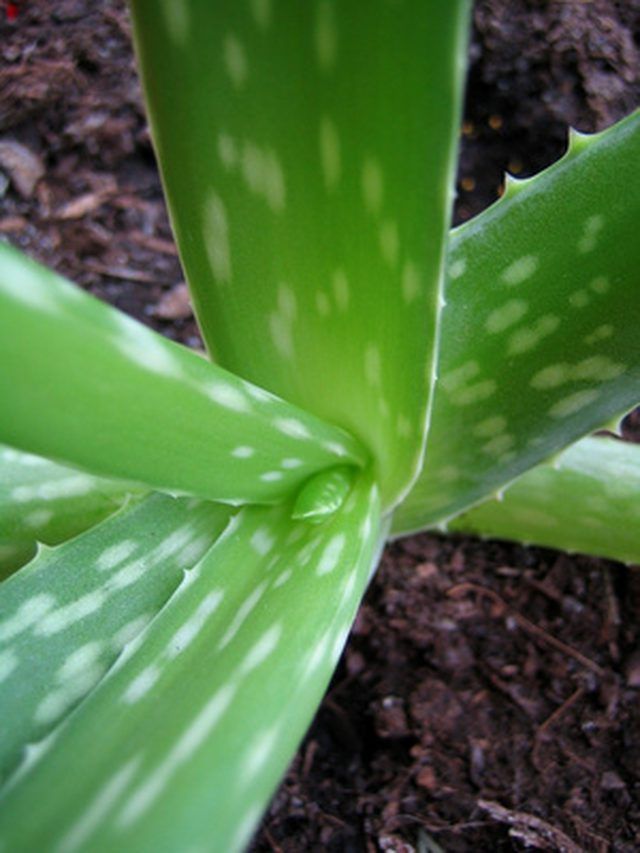Bulbs
Flower Basics
Flower Beds & Specialty Gardens
Flower Garden
Garden Furniture
Garden Gnomes
Garden Seeds
Garden Sheds
Garden Statues
Garden Tools & Supplies
Gardening Basics
Green & Organic
Groundcovers & Vines
Growing Annuals
Growing Basil
Growing Beans
Growing Berries
Growing Blueberries
Growing Cactus
Growing Corn
Growing Cotton
Growing Edibles
Growing Flowers
Growing Garlic
Growing Grapes
Growing Grass
Growing Herbs
Growing Jasmine
Growing Mint
Growing Mushrooms
Orchids
Growing Peanuts
Growing Perennials
Growing Plants
Growing Rosemary
Growing Roses
Growing Strawberries
Growing Sunflowers
Growing Thyme
Growing Tomatoes
Growing Tulips
Growing Vegetables
Herb Basics
Herb Garden
Indoor Growing
Landscaping Basics
Landscaping Patios
Landscaping Plants
Landscaping Shrubs
Landscaping Trees
Landscaping Walks & Pathways
Lawn Basics
Lawn Maintenance
Lawn Mowers
Lawn Ornaments
Lawn Planting
Lawn Tools
Outdoor Growing
Overall Landscape Planning
Pests, Weeds & Problems
Plant Basics
Rock Garden
Rose Garden
Shrubs
Soil
Specialty Gardens
Trees
Vegetable Garden
Yard Maintenance
How to Propagate Aloe Leaves
How to Propagate Aloe Leaves. There are about 400 different species of the aloe plant. Aloe grows best in well-drained soil and dry climates. It is typically a very low maintenance plant that is great for desert landscaping, the most widely known species being the aloe vera. Aloe vera is widely known as a medicinal plant that can provide care for...

There are about 400 different species of the aloe plant. Aloe grows best in well-drained soil and dry climates. It is typically a very low maintenance plant that is great for desert landscaping, the most widely known species being the aloe vera. Aloe vera is widely known as a medicinal plant that can provide care for ailments such as sunburns, helping wounds to heal and even eliminating heartburn. Aloe is propagated by detaching suckers, seeding and by creating cuttings of the plant's leaves.
Things You'll Need
Aloe plant or long stem cutting of aloe
Knife
Rubbing alcohol
Rooting medium
Cactus or succulent soil
Propagating Aloe from a Leaf Cutting
From a parent aloe plant, choose a newer, actively growing leaf to cut.

Wipe down the knife blade with rubbing alcohol to keep it from transferring bacteria to the fresh cut.
Make a clean cut on the selected aloe leaf to be rooted. Do not leave a jagged or crushed edge.

Dip the aloe cutting into the rooting medium.
Let the aloe cutting sit out in warm air to create a callused edge. Usually a couple of hours is all that is needed.
Place the cutting into a pot that has well-draining, porous soil. Specialty cactus and succulent soils are available at most gardening centers and contain a high level of sand, charcoal, pumice or lava rock and a small amount of potting soil.
Water the cutting. Be sure to keep the soil damp but not wet to allow the roots to grow.
Your aloe leaf cutting should form roots in about four to six weeks. Once roots have fully established you can transplant into a garden or into your landscaping.
Tips & Warnings
Not all aloe is safe for medicinal uses, some types are poisonous. Be sure to correctly identify your type of aloe before using on skin or for ingestion.